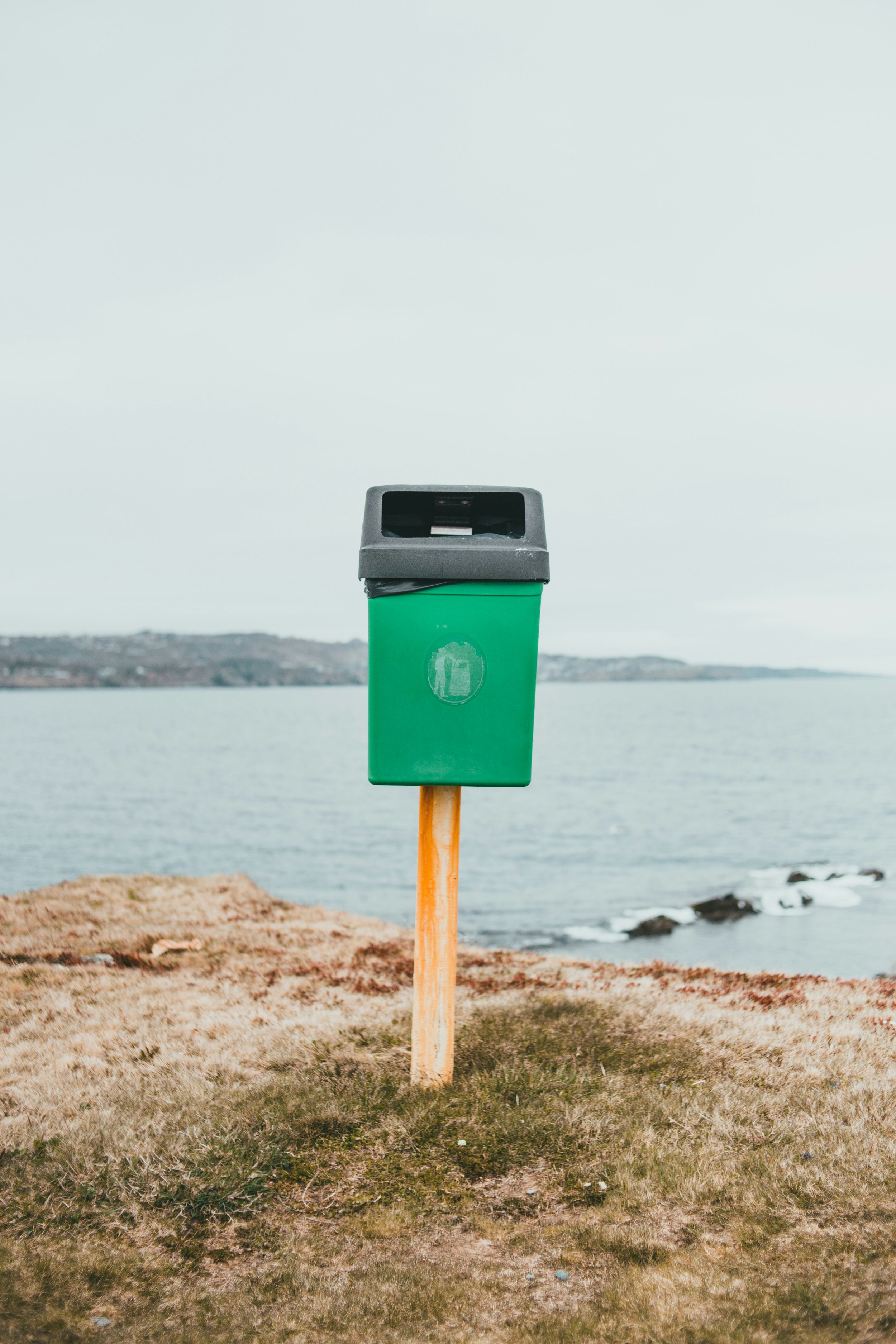Clearing up the trash
Kate Fenwick explains how to navigate the national standardising of recycling rules.
As you may have heard, recycling rules have changed, and a new nationally standardised system for kerbside recycling was implemented on February 1. This confused many people, who had no idea changes were coming, what these changes meant, or even why they were implemented in the first place.
So let’s break it down. What is standardised recycling, and how does it affect your household?
A bit of background
Until January 31, 2024, some council contractors were only accepting number 1 and 2 plastics, while others were accepting all plastics numbered 1 through 7.
However, just because councils were collecting all these plastics doesn’t mean they were actually being recycled. Some plastics are low-grade, which are not cost-effective nor easy to recycle. Essentially, lots of products were ending up in landfill because there were no other options for them at the end of their useful life.
Why standardise recycling?
The simple answer is that all councils nationwide are now expected to collect the same products. This makes it so much simpler for the consumer, because regardless of where you live, if you go on holiday, or if you move house, the rules will all be the same. As a waste-free educator, I travel all over New Zealand, and in the past, recycling rules could be different for two towns that were right down the road from one another – totally confusing.
Standardisation not only makes the situation less confusing, it also gives businesses and manufacturers more clarity about what will be accepted on a national scale and through our kerbside household recycling bins. This is really important because up until now there has been no influence or pressure on businesses to do the right thing and use plastics that can be more effectively recycled. Standardisation will encourage brands to phase out bad packaging options that can no longer be collected, such as plastics numbered 3, 4, 6, and 7.
The move to standardisation also means that hopefully, more products will be recycled here in New Zealand, and there is less need to send them offshore or landfill them.
So what’s actually accepted for recycling now?
Here’s a simplified list of what you can recycle in your kerbside bin, wherever you are in New Zealand.
Plastics numbered 1, 2 and 5: The basic rule here is a plastic bottle, tray or container that is used once to store food or products for your kitchen bathroom or laundry. Not buckets, Tupperware, or any reusable plastic products like drink bottles or kids’ toys.
Pizza Boxes are now in: But you need to make sure there is no leftover pizza or excess food or sauce stuck to the box. If there is, then pull the box apart and put the clean part into the recycling bin, and the dirty part into your rubbish bag/bin to go to landfill.
Paper and cardboard: But no coffee cups, liquid food containers like alternative milk/long-life liquid cartons, chip canisters, paper towels or tissues, shredded paper, or food-contaminated paper like the wrappers from your fish and chips.
Tin cans and aluminium cans: These should be well rinsed with no food left in them. No tins over 4 litres, no paint cans, no bottle caps, no pots and pans, no aerosols, no aluminium foil.
Glass bottles and glass jars only: No broken mirrors, windows, lightbulbs, glass bottles or jars used for medicine, glass cookware or drinking glasses etc. These are made from a different type of glass to your standard glass bottle or jar, and cannot be recycled. And please no broken glass at all, for the safety of the workers at the sorting plants.
And the last few guidelines – no lids, nothing smaller than a yogurt pottle (including no yogurt pottles themselves, because they are a number 6 plastic), and all products need to be well rinsed, otherwise they are not going to be accepted as they are food- or liquid-contaminated and then become hazardous.

